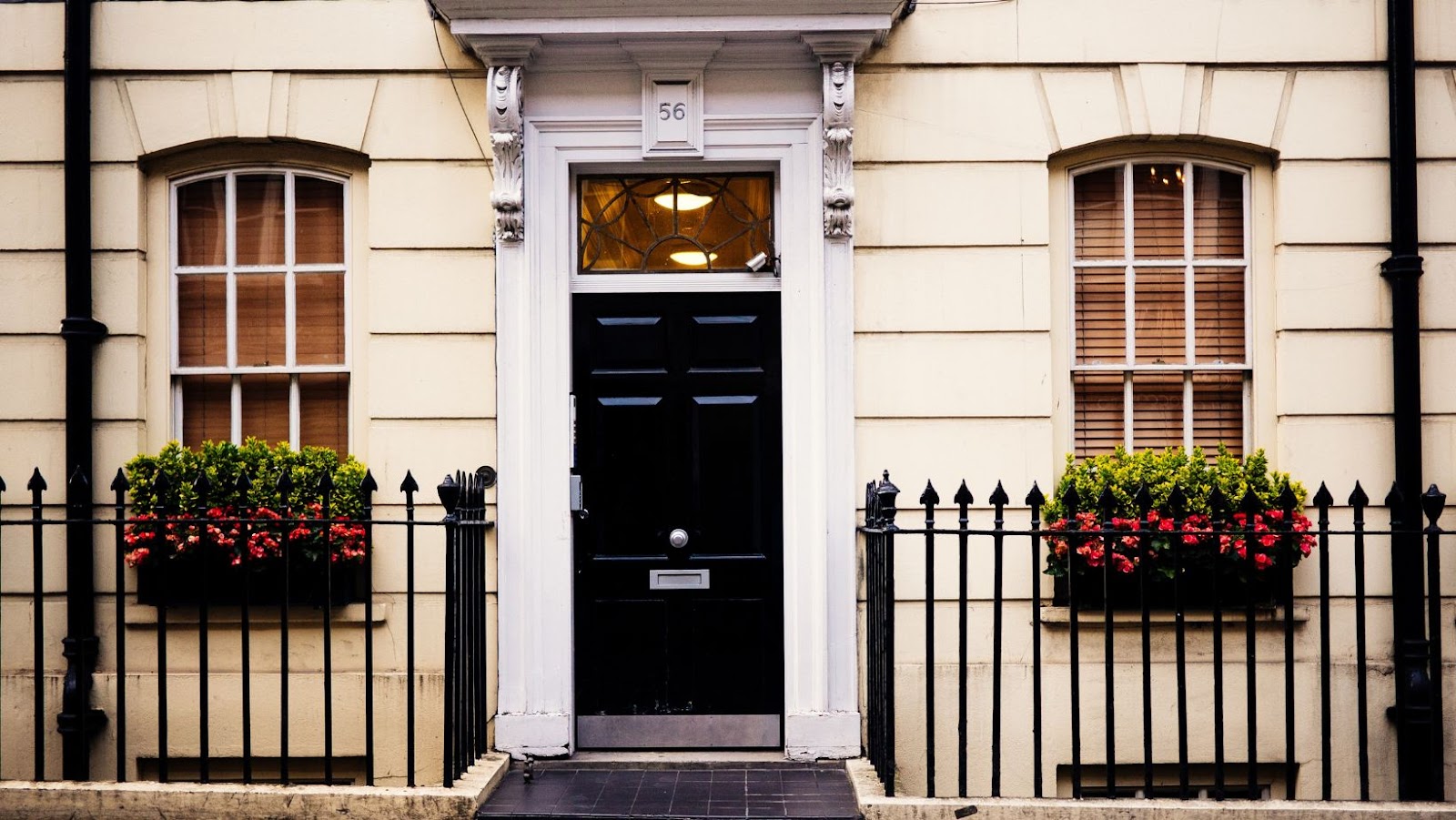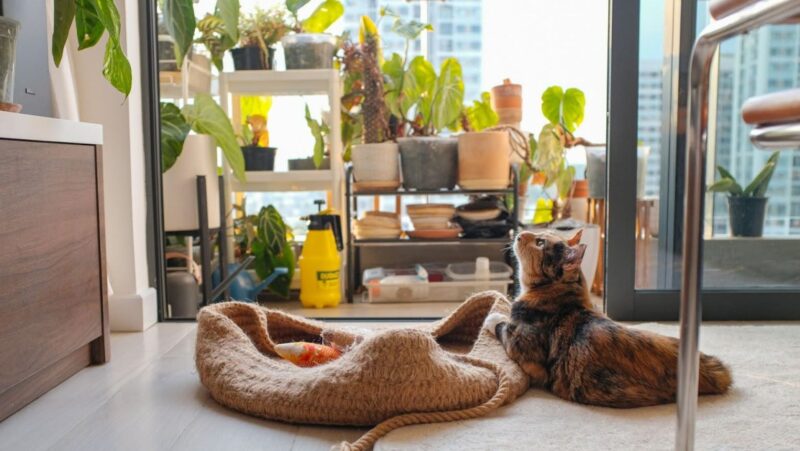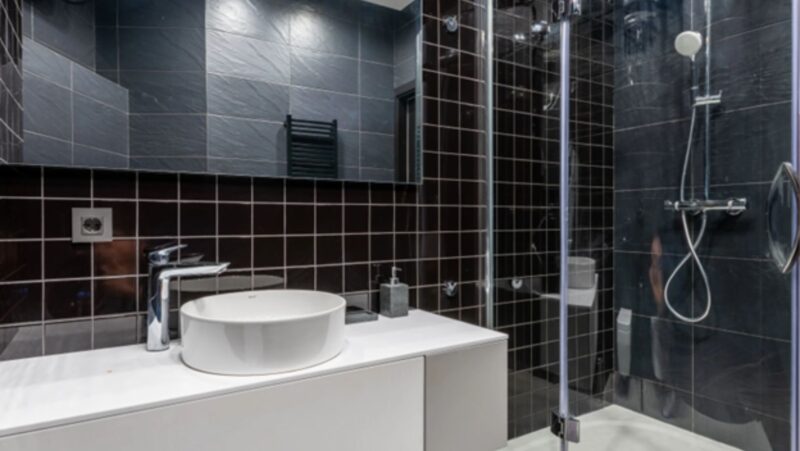
When it comes to designing a safe and secure home, one often tends to focus on the main entrance door. However, it’s equally important to consider the safety of interior doors within your home. Whether you’re concerned about protecting your loved ones or safeguarding valuable possessions, choosing the right safety door design is crucial. In this article, we will explore various options for enhancing the security of your interior doors while maintaining a stylish and welcoming atmosphere.
Reinforced Materials for Added Strength
The first step in ensuring the safety of your interior doors is to opt for reinforced materials. While traditional wooden doors may offer aesthetic appeal, they may not provide the desired level of security. Instead, consider alternatives like solid core doors or metal doors. Solid core doors are constructed using a solid wood frame and a dense core, making them more resistant to forced entry. On the other hand, metal doors offer excellent durability and strength, providing an additional layer of protection.
Install Deadbolt Locks for Extra Security
One of the most effective ways to enhance the security of your interior doors is by installing deadbolt locks. Deadbolts are sturdy locks that provide superior resistance against unauthorized access. There are various types of deadbolt locks available, such as single-cylinder, double-cylinder, and vertical deadbolts.
Single-cylinder deadbolts are the most common, featuring a key cylinder on the outside and a thumb turn on the inside. Double-cylinder deadbolts require a key on both sides, offering added security but also posing potential risks during emergencies. Vertical deadbolts are ideal for sliding doors, preventing them from being forced open.
Consider Security Screens for Ventilation
While safety is crucial, you don’t want to compromise on fresh air and natural light. Security screens are an excellent option for interior doors leading to outdoor spaces, such as patios or balconies. These screens are made of strong mesh materials that can withstand attempts of forced entry while allowing air circulation and maintaining visibility. You can choose from a range of designs, including sliding security screens or hinged screens, depending on your preferences and door configuration.
Utilize Door Sensors and Alarms
For added peace of mind, consider integrating door sensors and alarms into your interior door design. Door sensors are small devices that can detect when a door is opened or closed. When paired with an alarm system, they can trigger an audible alert or send notifications to your smartphone. Door sensors are particularly useful if you have children or pets and want to be alerted if they access restricted areas within your home.
Opt for Privacy Locks in Sensitive Areas
In certain areas of your home, such as bedrooms or home offices, privacy is a top priority. Privacy locks are an excellent option for interior doors that require restricted access. These locks are typically designed with a button or turn knob on the inside and can be locked from the inside without the need for a key. They provide an added layer of privacy and security while maintaining convenience and ease of use.
When it comes to home safety, don’t overlook the importance of securing your interior doors. By choosing reinforced materials, installing deadbolt locks, considering security screens, utilizing door sensors and alarms, and opting for privacy locks in sensitive areas, you can enhance the security of your home while maintaining a welcoming atmosphere. Remember, safety should always be a priority, and with the right design options, you can create a secure haven for you and your loved ones.














